Search results for 'red pigment'
-
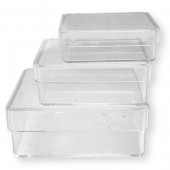
Transparent Containers
Starting at: £1.20
-
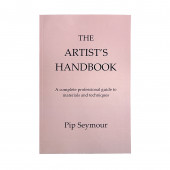
Artist's Handbook
£30.00 -
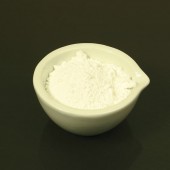
Alumina Hydrate Light
Starting at: £8.30
-
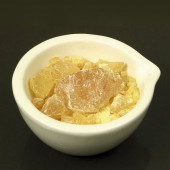
Colophony
Starting at: £7.30
-
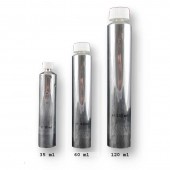
Empty Aluminium Tubes
Starting at: £1.05
-
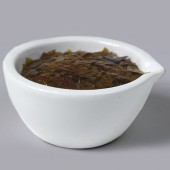
Orange Shellac
Starting at: £8.00
-
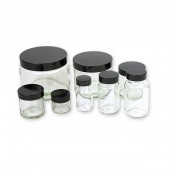
Squat & Powder Jars
Starting at: £0.75
-
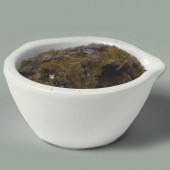
Clear Dewaxed Shellac
Starting at: £9.20
-
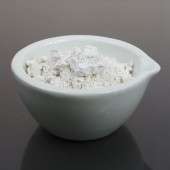
Whiting
Starting at: £4.00
-
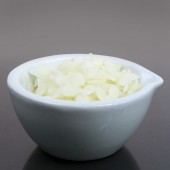
Bleached Beeswax
Starting at: £12.30
-
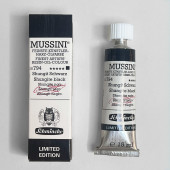
Schmincke Mussini Shungite Black Limited Edition 15 ml
£26.00 -
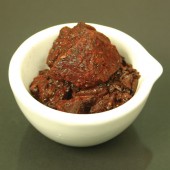
Dragon's Blood Pieces
Starting at: £25.40
-
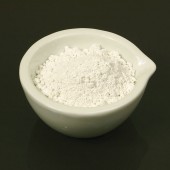
Gypsum
Starting at: £5.70
-
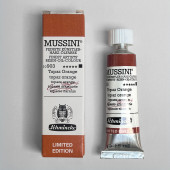
Schmincke Mussini Topaz Orange Limited Edition 15 ml
£26.00 -
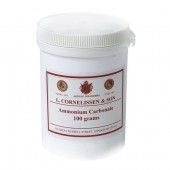
Ammonium Carbonate
Starting at: £9.70
-
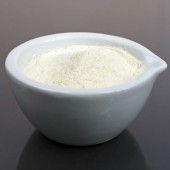
Gum Sandarac
Starting at: £8.60
-
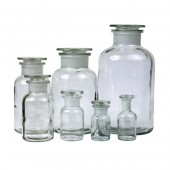
Reagent Jar
Starting at: £6.50
-
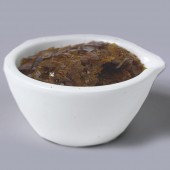
Lemon Shellac
Starting at: £8.20
-
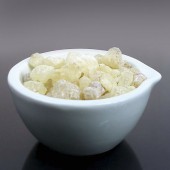
Gum Damar
Starting at: £10.00
-
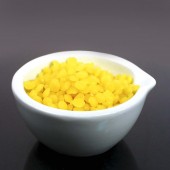
Natural Beeswax
Starting at: £11.20
-
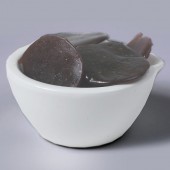
Button Shellac
Starting at: £8.40
-

Cornelissen Virtual Gift Voucher
£25.00 -
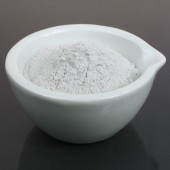
Pumice Powder
Starting at: £5.70
-
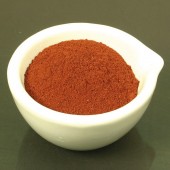
Dragon's Blood Powder
Starting at: £28.10
-
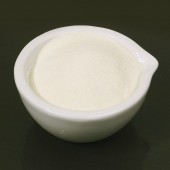
Casein Lactic
Starting at: £15.95
-
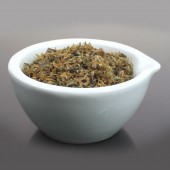
Carrageen Moss
Starting at: £51.00
-
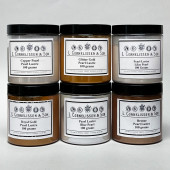
Cornelissen Pearl Lustre Pigments 100g
Starting at: £12.90
-
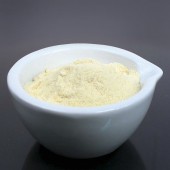
Powdered Rosin
Starting at: £13.90
-
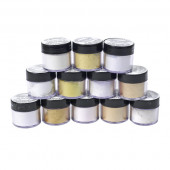
Pearl Lustre Pigments 1 kg
Starting at: £94.00
Call to Order
-
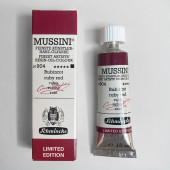
Schmincke Mussini Ruby Red Limited Edition 15 ml
£26.00




